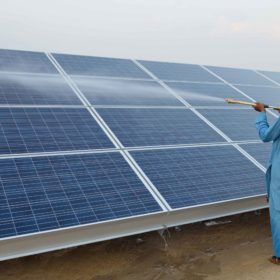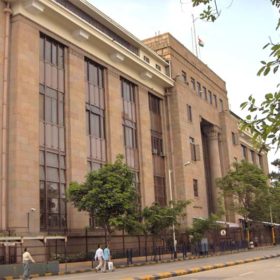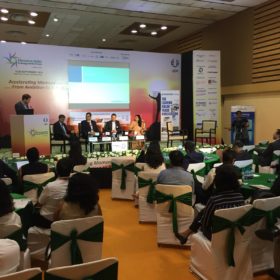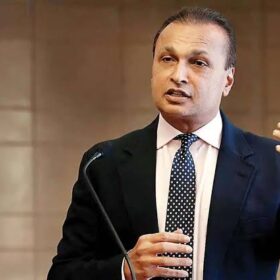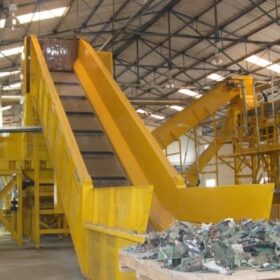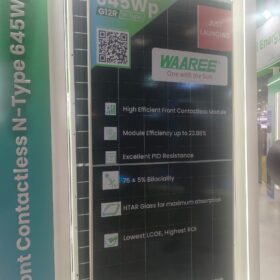Opening green windows for an inclusive clean energy transition: Future financing tools
In recent years, the Ministry of New and Renewable Energy (MNRE) has laid the foundation for a clean energy expansion through robust policies and initiatives. India’s solar energy capacity has jumped a thousand-fold from a mere 17 MW in 2010, to more than 23 GW in 2018. Similarly, the wind market has more than doubled in recent years, from around 13 GW of installed power in 2010, to 34 GW by June 2018. These developments help move India closer to its ambitious clean energy goal of 175 GW installed capacity by 2022. However, in spite of several public financial institutions, private banks, and non-banking financial companies (NBFCs) providing capital, financing remains a key barrier in scaling India’s clean energy markets further.
Japanese scientists develop new perovskite process
A team of researchers from the Okinawa Institute of Science and Technology (OIST) has developed a new process for the production of perovskite solar devices; and reports a 5x5cm² device with an efficiency above 15%. The researchers worked with a 1 micron thick active layer, considerably thicker than in many other perovskite devices, and state that this helped achieve better long-term stability.
Study: High-risk through water use in solar sector
Though lauded at times as a water-saving technology, PV’s concentration in arid and remote regions, in conjunction with inefficient cleaning methods, can exacerbate water scarcity and prompt rising water tariffs for plant operators, according to a new report on Indian PV installations, published by analysts Bridge to India.
Delhi Cabinet approves rooftop solar scheme
The Delhi state government has approved the Mukhyamantri Solar Power Scheme, which offers five-year subsidies on electricity bills for group housing societies and individual consumers installing rooftop solar panels.
Taiwan takes India to WTO over safeguard tariffs
Taiwan has joined Malaysia in requesting consultations with India under the safeguard agreement of the World Trade Organization (WTO), following India’s decision to impose 25% safeguard duties on imports of solar cells, whether or not assembled in modules.
No priority lending for RE projects
India’s cash-strapped solar industry was in for a rude awakening after the Ministry of New & Renewable Energy (MNRE) has refused to write to the Reserve Bank of India (RBI) to accord priority sector lending (PSL) status to renewable energy projects.
SECI defers 10 GW solar auction, again
India’s much-hyped 10 GW solar auction has hit another roadblock. The state-run Solar Energy Corporation of India (SECI)’s tender bids for 10 GW of ISTS-connected solar PV power projects linked with 3 GW (per annum) solar man-ufacturing capacity, has now been extended to October 12.
International Solar Alliance boosted by EIB funds
The International Solar Alliance (ISA) received a significant boost at the New York One Planet Summit, with European Investment Bank (EIB) President, Werner Hoyer announcing a commitment to back the ISA in its expansion of India’s solar industry and the exchange of technology.
Triton to manufacture solar batteries in Andhra Pradesh
U.S.-based Triton Solar, LLC has signed a Memorandum of Understanding (MoU) with the Andhra Pradesh Economic Development Board (APEDB) to set up a solar battery manufacturing unit in the state under a public-private-partnership (PPP) model.
Better bifacial adoption, catalyzing innovation focus of Future PV Roundtable at REI
pv magazine’s Future PV Roundtable, held at the 2018 Renewable Energy India (REI) Expo in Greater Noida, discussed how India can better adopt bifacial solar cell and module technology – the future of power generation. Prominent industry speakers also put forth their views on how standards can catalyze solar innovation for India-specific challenges, and on PV materials and components for enhanced module efficiency and recycling.


